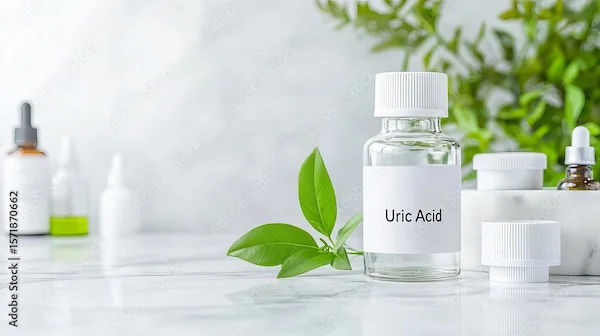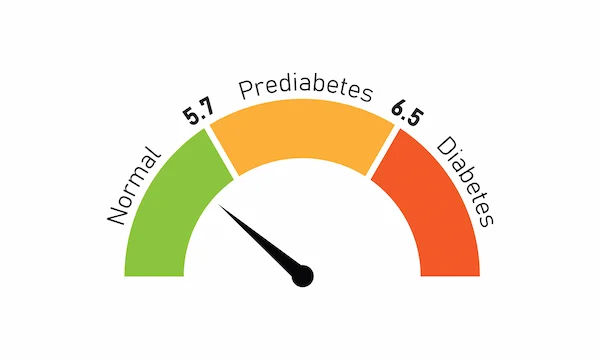First Aid Procedures for Emergencies
Learn essential first aid procedures for common emergencies. This guide covers immediate steps for injuries, sudden illnesses, and life-threatening situations to help you respond effectively.

Written by Dr. Shaik Abdul Kalam
Reviewed by Dr. Mohammed Kamran MBBS, FIDM
Last updated on 11th Aug, 2025

Introduction
Accidents and emergencies can happen anytime, anywhere. Knowing basic first aid can make a huge difference in saving lives, reducing pain, and preventing complications before professional medical help arrives. Whether it’s a minor injury or a life-threatening situation, being prepared can help you stay calm and take the right steps.
This guide covers essential first aid procedures for common emergencies in a simple, easy-to-understand way.
Why is First Aid Important?
First aid is the immediate care given to an injured or ill person before medical professionals take over. It helps:
Save lives by preventing conditions from worsening.
Reduce pain and suffering with quick action.
Prevent infections and complications by proper wound care.
Provide comfort and reassurance to the injured person.
Learning basic first aid empowers you to act confidently in emergencies.
Common Emergency Situations and First Aid Steps
Common emergency situations and first aid steps:
1. Cuts and Bleeding
What to do:
Stop the bleeding by applying gentle pressure with a clean cloth or bandage.
Elevate the injured area (if possible) to reduce blood flow.
Clean the wound with water (avoid soap on deep cuts).
Cover with a sterile bandage to prevent infection.
Seek medical help if bleeding doesn’t stop or if the wound is deep.
Don’t:
Remove large embedded objects (let a doctor handle it).
Use hydrogen peroxide or alcohol directly on deep wounds.
2. Burns
Types of Burns:
First degree (minor burns): Red, painful skin (e.g., sunburn).
Second degree: Blisters, severe pain.
Third degree: Deep burns (white/blackened skin, may not hurt due to nerve damage).
What to do:
Cool the burn under running water (10–15 minutes).
Cover with a clean, nonstick cloth (avoid cotton).
Take pain relief (like paracetamol) if needed.
Seek emergency help for large, deep, or electrical/chemical burns.
Don’t:
Apply ice, butter, or toothpaste (can worsen damage).
Pop blisters (increases infection risk).
3. Choking (Blocked Airway)
Signs:
Inability to speak or cough.
Clutching throat (universal choking sign).
Blue lips or face.
What to do (Heimlich Maneuver for Adults/Kids):
1. Stand behind the person, wrap arms around their waist.
2. Make a fist, place it above the navel.
3. Give quick upward thrusts until the object is coughed out.
For Infants:
Lay baby face down on your forearm, support head.
Give 5 back blows between shoulder blades.
If still choking, flip the baby over, give 5 chest thrusts.
Call emergency services if choking persists.
4. Heart Attack
Signs:
Chest pain (pressure, squeezing sensation).
Pain spreading to the arm, jaw, or back.
Shortness of breath, sweating, nausea.
What to do:
Call emergency services immediately.
Help the person sit comfortably (avoid exertion).
Give aspirin (if available and not allergic) to chew.
Perform CPR if unconscious and not breathing.
5. Fractures (Broken Bones)
Signs:
Severe pain, swelling, deformity.
Inability to move the injured part.
What to do:
Immobilize the area (use a splint or rolledup newspaper).
Apply ice (wrapped in cloth) to reduce swelling.
Elevate if possible.
Get medical help immediately (don’t try to realign bones).
6. Heatstroke (Severe Overheating)
Signs:
High body temperature (no sweating).
Confusion, dizziness, rapid pulse.
What to do:
Move to a cooler place.
Cool the person (wet cloth, fan, cold packs on neck/groin).
Hydrate with water (if conscious).
Seek emergency help (heatstroke can be fatal).
7. Seizures
What to do:
Clear the area to prevent injury.
Place something soft under the head.
Turn the person on their side (helps breathing).
Do not restrain or put anything in the mouth.
Time the seizure (call emergency if it lasts over 5 mins).
Health Topic Carousel:
Doctor Speciality: General Physician
Text : Consult Top General Physician For Personalised Tips
General First Aid Tips
General first aid tips include:
Stay calm – Panic worsens the situation.
Assess safety – Ensure the area is safe before helping.
Call for help – Dial emergency numbers (112/108 in India).
Learn CPR – Can save lives in cardiac arrest.
Keep a first aid kit at home and in your car.
When to Seek Professional Help?
While first aid helps in emergencies, professional medical care is crucial for:
Severe bleeding, burns, or fractures.
Chest pain, difficulty breathing, or loss of consciousness.
Poisoning, allergic reactions (anaphylaxis).
If in doubt, consult a doctor immediately through Apollo 24|7 for quick medical advice or emergency assistance.
Final Thoughts
Emergencies can be scary, but knowing first aid gives you the power to act wisely. A little knowledge can make a big difference—whether it’s helping a loved one or a stranger in need.
Stay prepared, stay safe!
Need medical help? Book a consultation or emergency care on Apollo 24|7 today!
Health Topic Carousel:
Doctor Speciality: General Physician
Text : Consult Top General Physician




